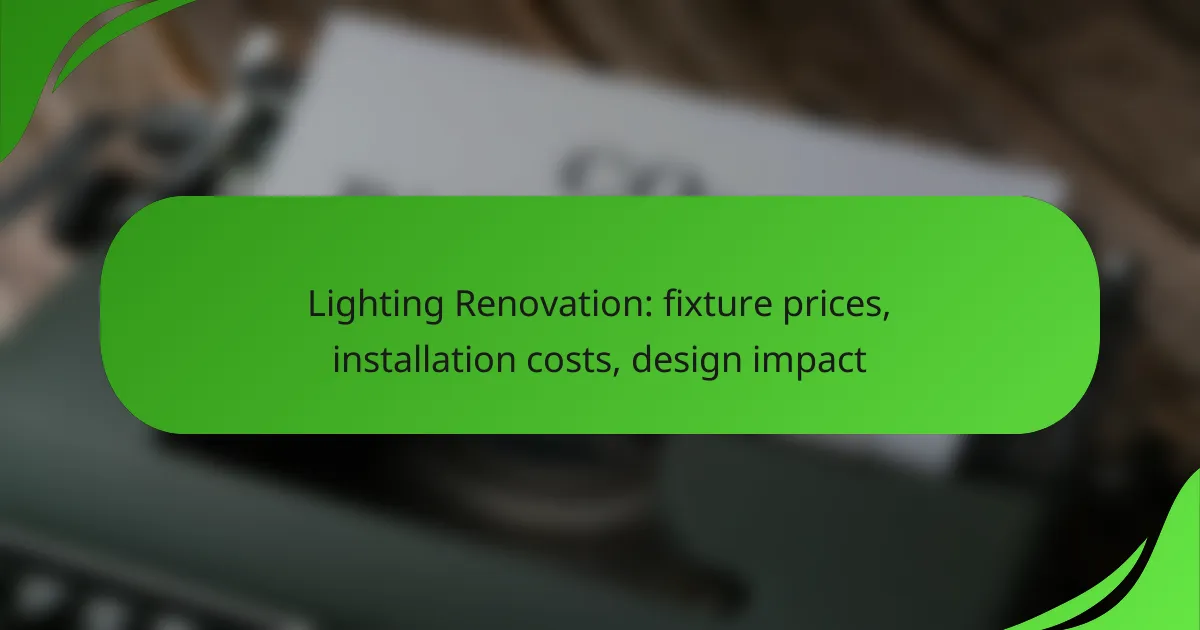Planning a home addition involves understanding the costs, design considerations, and necessary permits. The expenses can vary widely based on location and project scope, often ranging from tens of thousands to over a hundred thousand dollars. Additionally, thoughtful design is essential to ensure the new space complements your home, while obtaining the appropriate permits is crucial for compliance with local regulations.

What are the costs of home additions in major US cities?
The costs of home additions vary significantly across major US cities, influenced by local labor rates, material costs, and zoning regulations. Homeowners can expect to pay anywhere from low tens of thousands to over a hundred thousand dollars depending on the location and scope of the project.
Average square footage costs in Los Angeles
In Los Angeles, the average cost for home additions typically ranges from $300 to $600 per square foot. This variation depends on the complexity of the design, the quality of materials, and the specific neighborhood.
Homeowners should consider additional expenses such as permits, which can add several thousand dollars to the overall budget. It’s advisable to consult with local contractors to get precise estimates based on individual project needs.
Average square footage costs in New York City
New York City sees higher average costs for home additions, generally between $400 and $800 per square foot. The high demand for space and stringent building codes contribute to these elevated prices.
When planning a home addition in NYC, homeowners should factor in costs for permits and potential zoning changes, which can further increase expenses. Engaging with experienced architects familiar with local regulations can help streamline the process.
Average square footage costs in Chicago
In Chicago, the average cost for home additions ranges from $200 to $400 per square foot. This range is influenced by factors such as the type of addition and the materials used.
Homeowners in Chicago should be aware of the need for permits, which can vary in cost based on the project’s size and scope. It’s beneficial to work with local builders who understand the city’s regulations and can provide accurate cost assessments.

What design considerations should be made for home additions?
When planning a home addition, several design considerations are crucial to ensure the new space integrates well with the existing structure and meets your needs. Key factors include architectural style compatibility, maximizing natural light, and effective space utilization strategies.
Architectural style compatibility
Ensuring that the new addition matches the existing architectural style of your home is vital for aesthetic harmony. This involves selecting materials, colors, and design elements that complement the original structure. For example, if your home is a traditional colonial style, a modern addition may look out of place.
Consulting with an architect can help you identify the best design features to maintain consistency. Consider elements like rooflines, window styles, and siding materials to create a seamless transition between the old and new sections.
Maximizing natural light
Incorporating natural light into your home addition can enhance the overall ambiance and reduce energy costs. Strategically placing windows, skylights, or glass doors can significantly brighten the space. Aim for larger windows on the south-facing side of the addition to capture more sunlight throughout the day.
When planning, consider the surrounding landscape and how it may affect light entry. Avoid placing large windows where trees or neighboring structures may block sunlight, and think about using reflective surfaces to amplify light within the room.
Space utilization strategies
Effective space utilization is essential for maximizing the functionality of your home addition. Start by defining the purpose of the new space—whether it’s a bedroom, office, or family room—and design accordingly. Open floor plans can create a sense of spaciousness, while built-in storage solutions help keep the area organized.
Consider multi-functional furniture that can adapt to different needs, such as a sofa bed or a foldable desk. Additionally, using vertical space for storage can free up floor area, making the addition feel larger and more inviting.

What permits are required for home additions?
Home additions typically require various permits to ensure compliance with local building codes and regulations. These permits can include building permits, zoning approvals, and sometimes environmental assessments, depending on the location and scope of the project.
Building permits in California
In California, a building permit is essential for most home addition projects. This permit ensures that the construction meets state and local safety standards. Homeowners should expect to submit detailed plans and specifications, which may require approval from a licensed architect or engineer.
The cost of building permits can vary significantly, often ranging from a few hundred to several thousand dollars, depending on the project’s size and complexity. It’s advisable to check with the local building department for specific requirements and fees.
Zoning regulations in New York
Zoning regulations in New York dictate how properties can be used and what types of structures can be built. Homeowners planning an addition must verify that their project complies with local zoning laws, which may restrict the size, height, and placement of additions on the property.
Before proceeding, it’s crucial to consult the local zoning office to understand any restrictions or necessary variances. Engaging with a local architect familiar with New York’s zoning laws can help navigate these complexities and avoid costly mistakes.

How do I choose a contractor for my home addition?
Choosing a contractor for your home addition involves assessing their qualifications, experience, and reputation. Start by identifying contractors with a solid track record in home additions and ensure they are licensed and insured in your area.
Evaluating contractor experience
When evaluating a contractor’s experience, consider their years in the industry and the specific types of projects they have completed. Look for contractors who specialize in home additions, as they will have a deeper understanding of the unique challenges involved. A contractor with at least five years of experience in home additions is often a good choice.
Additionally, ask about their previous projects. A reputable contractor should be able to provide a portfolio showcasing their work. Pay attention to the quality of their craftsmanship and whether their style aligns with your vision for your home.
Checking contractor references
Checking references is crucial in selecting a reliable contractor. Request a list of past clients and reach out to them to inquire about their experiences. Ask specific questions about the contractor’s communication, adherence to timelines, and overall satisfaction with the completed work.
You can also look for online reviews and ratings on platforms like Yelp or Angie’s List. A contractor with consistently positive feedback and a strong reputation in your community is more likely to deliver a successful home addition project.

What financing options are available for home additions?
Home additions can be financed through various options, each with distinct benefits and considerations. Common methods include home equity loans and personal loans, which cater to different financial situations and borrowing needs.
Home equity loans
Home equity loans allow homeowners to borrow against the equity they have built in their property. Typically, lenders offer these loans at lower interest rates compared to unsecured loans, as the home serves as collateral. Borrowers can usually access a percentage of their home’s value, often ranging from 70% to 90% of the equity.
When considering a home equity loan, evaluate your current mortgage terms and the potential impact on your monthly payments. It’s crucial to ensure that you can comfortably manage the additional debt, as failure to repay can lead to foreclosure. Always compare offers from different lenders to find the best rates and terms.
Personal loans
Personal loans are unsecured loans that can be used for various purposes, including home additions. These loans typically have higher interest rates than home equity loans since they do not require collateral. Borrowers can often secure amounts ranging from a few thousand to tens of thousands of dollars, depending on their creditworthiness.
When opting for a personal loan, consider the total cost of borrowing, including interest rates and fees. It’s advisable to shop around and check your credit score beforehand, as better credit can lead to more favorable terms. Be cautious of taking on too much debt, and ensure that your monthly budget can accommodate the loan repayments.

What are the common challenges in home addition projects?
Home addition projects often face challenges such as budget overruns, design complexities, and permit issues. Understanding these common obstacles can help homeowners plan effectively and avoid costly mistakes.
Budget overruns
Budget overruns are a frequent challenge in home addition projects, often resulting from unexpected expenses or poor initial estimates. Homeowners should anticipate costs that may exceed initial projections by 10-20%, particularly for materials and labor.
To manage budget overruns, create a detailed budget that includes a contingency fund for unforeseen expenses. Regularly review expenses against the budget to identify potential overruns early and adjust plans as necessary.
Common pitfalls include underestimating labor costs or overlooking permits and inspections. Always consult with contractors for accurate estimates and consider getting multiple quotes to ensure competitive pricing.









